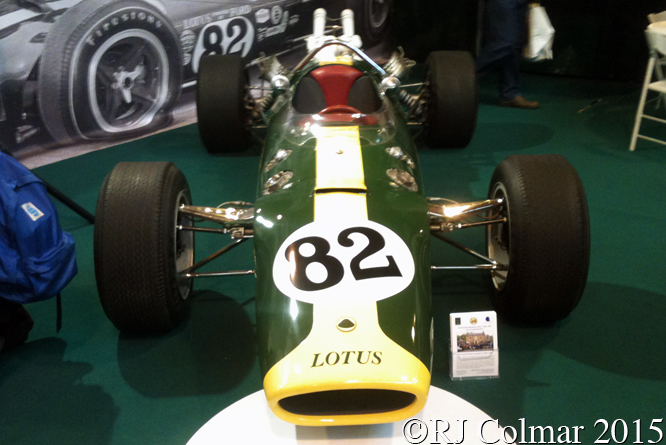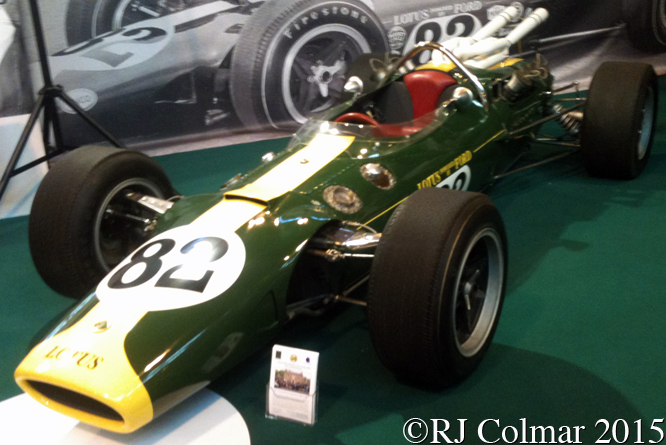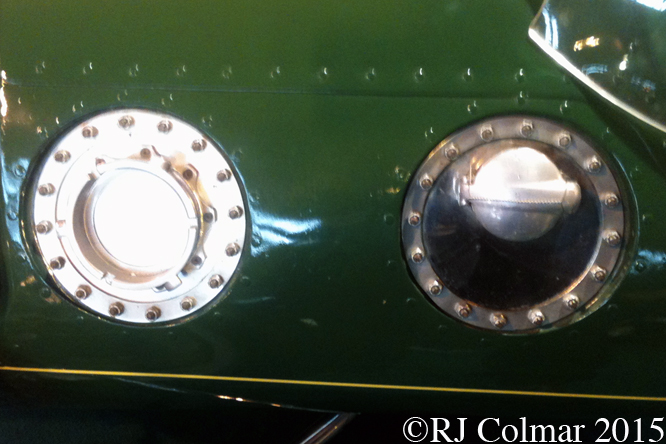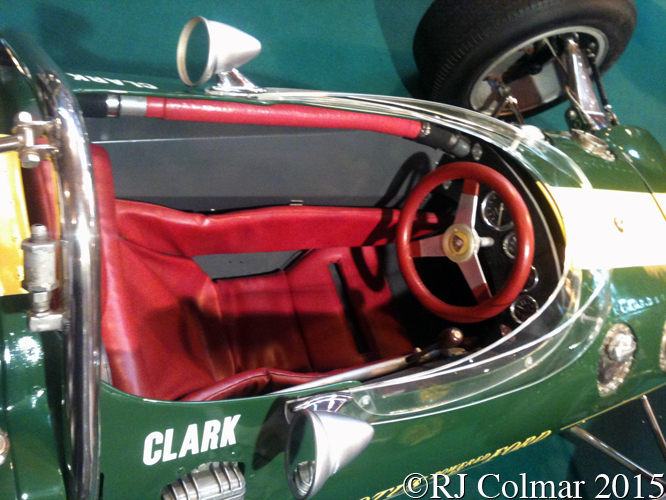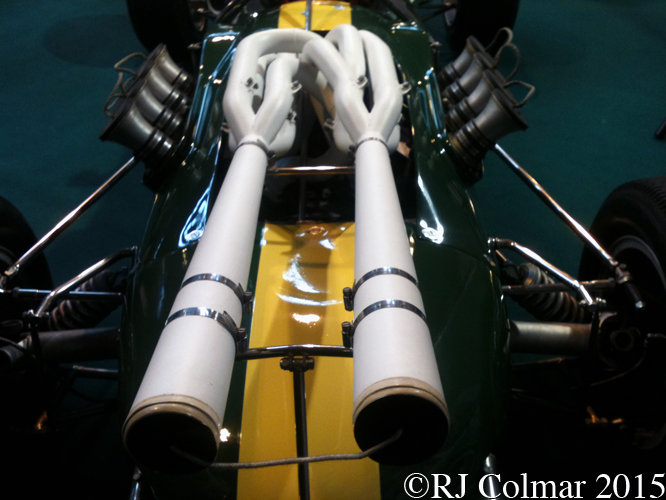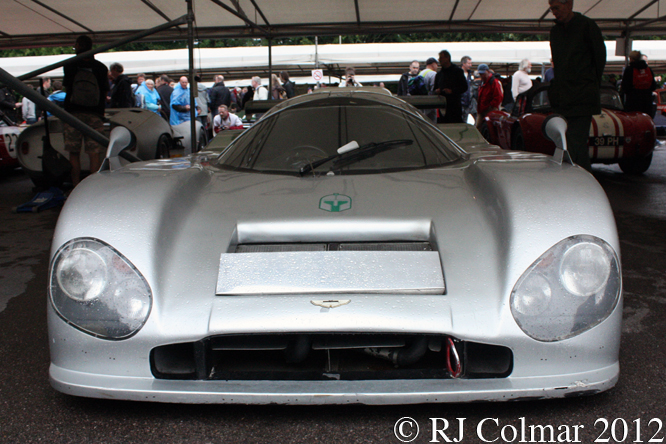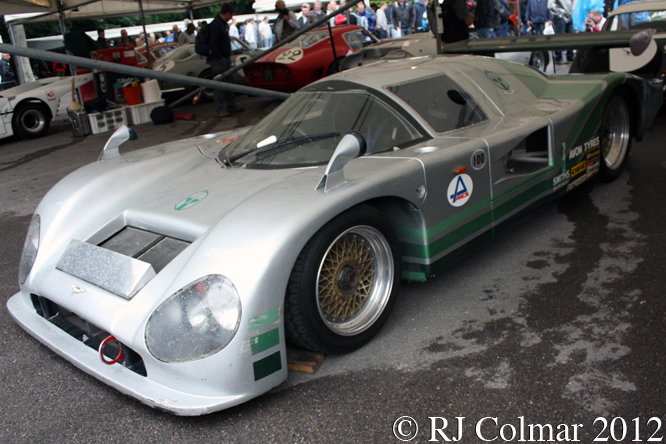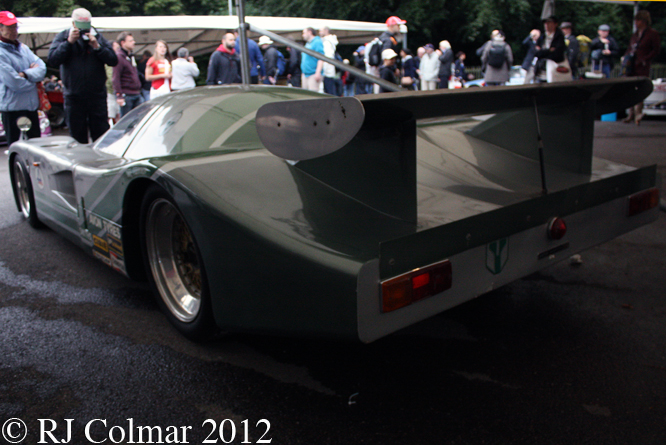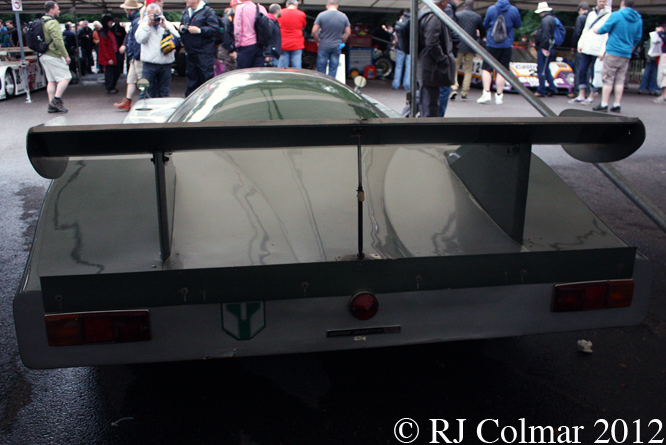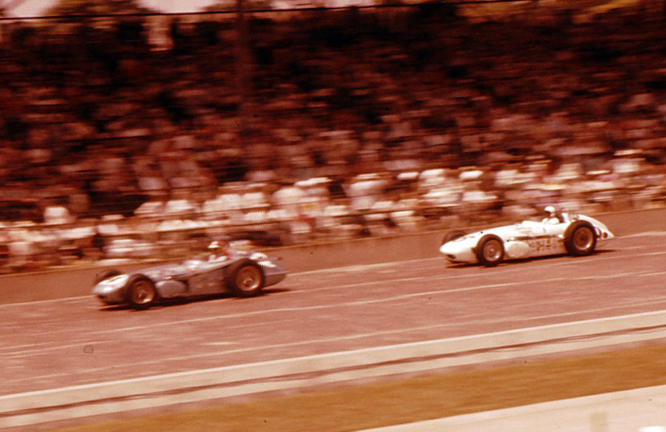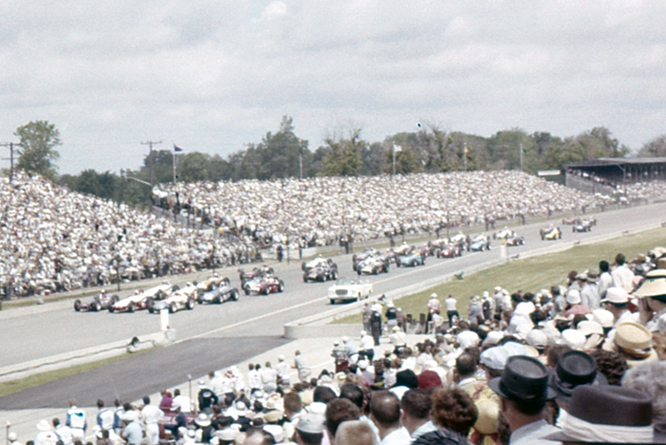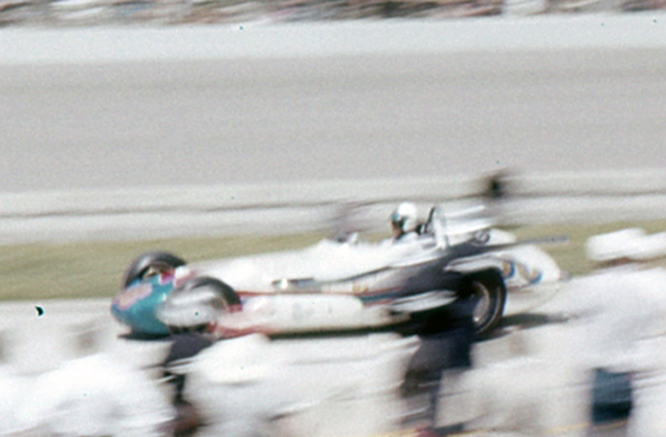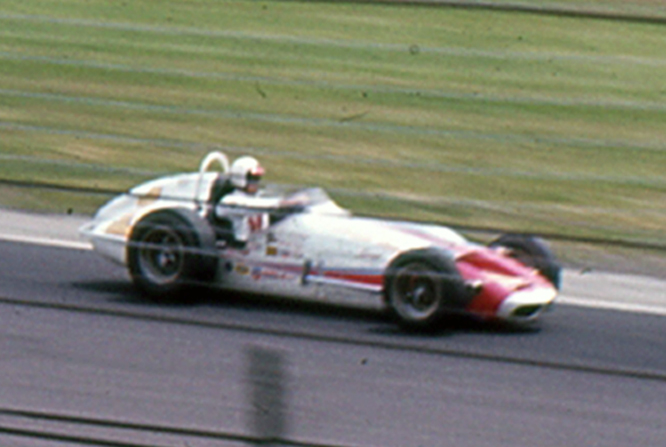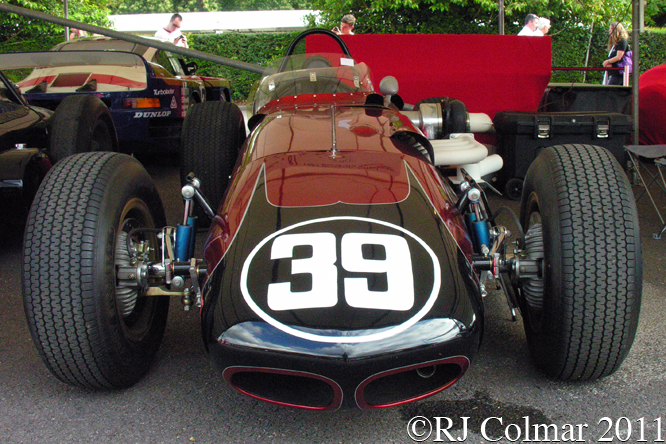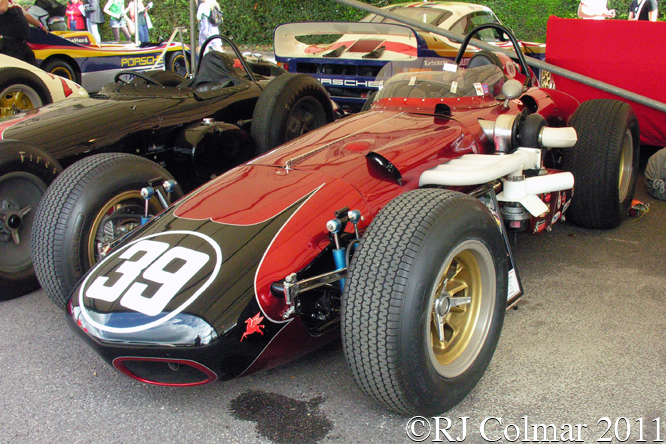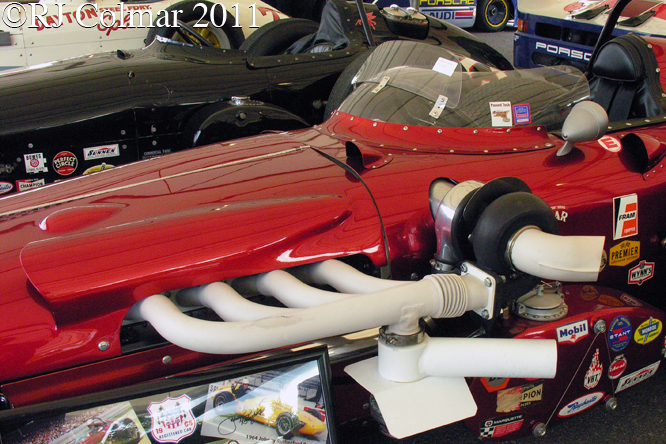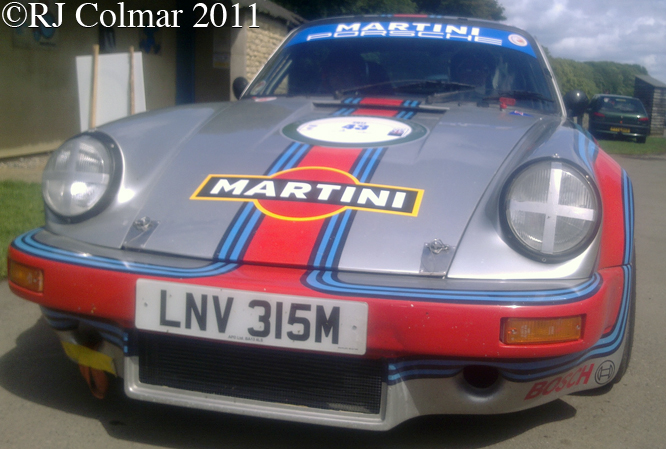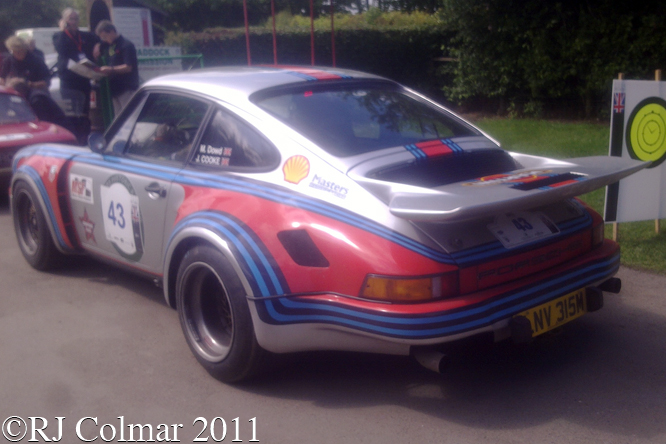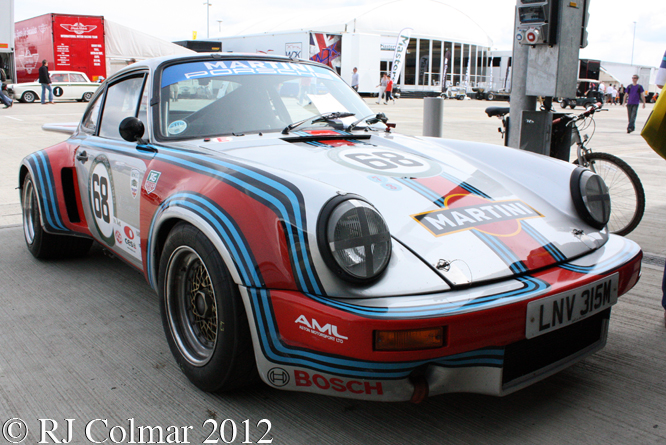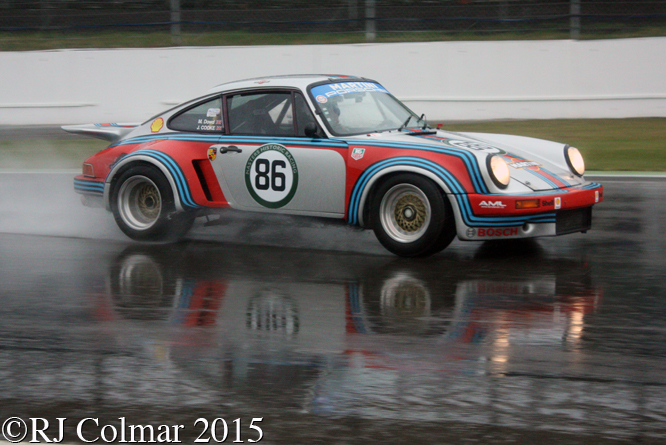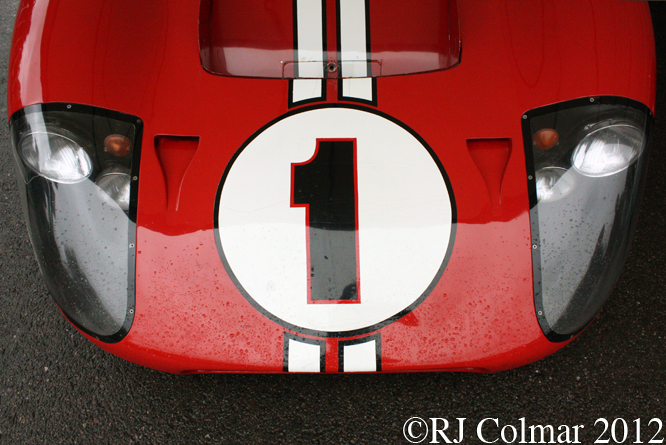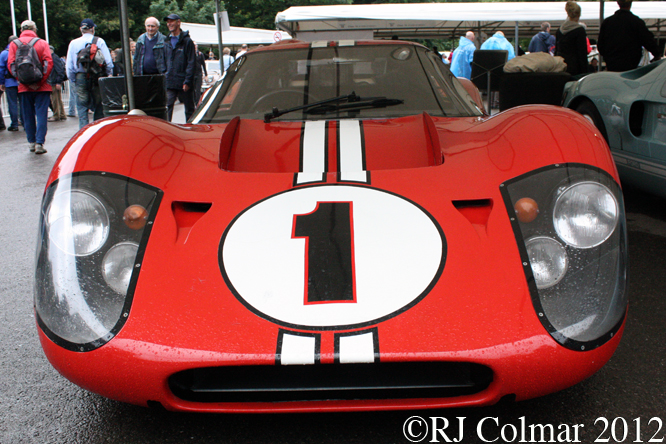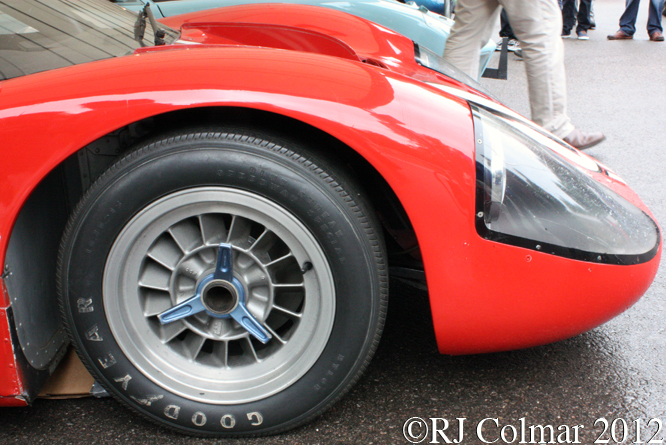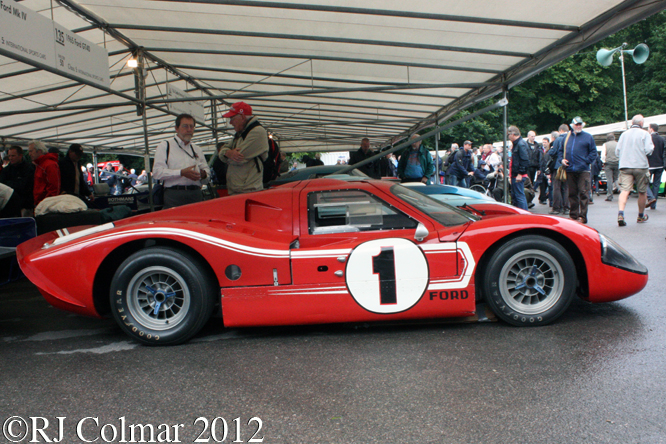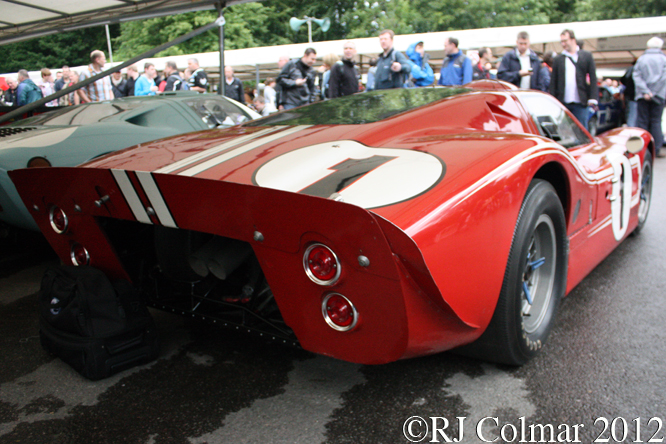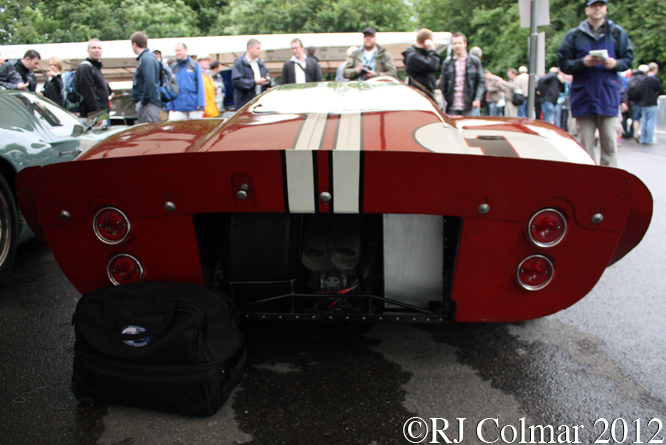It is impossible to do a legend justice in a humble blog so for AJ Foyt Day here are ten photos by Ed Arnaudin and I that I hope will give you a glimpse into the legend that is AJ Foyt, a man who quit school to become a mechanic and then raced his way into more record books than I have had hot dinners.
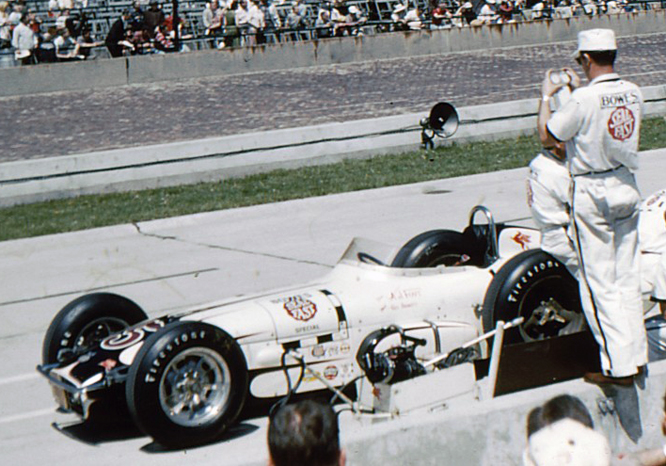
1960 Kurtis Epperly Q 16th F 10th Photo by Ed Arnaudin
John Wayne fan AJ Foyt started racing midgets in 1956, his first event win was at Kansas City in 1957. AJ has been quoted as saying of his start in racing, “My dad was very successful running midgets in Texas. Then, his two drivers ran into some bad luck. People started saying that Daddy had lost his touch. That it was the cars and not the drivers. I wanted to race just to prove all those people wrong.”
In 1958 he moved up to Sprint Cars and Championship cars making his first start in the 1958 Indy 500 driving a Kuzuma Offy.
At the end of the 1960 season AJ was crowned with the first of his seven national USAC Championships.
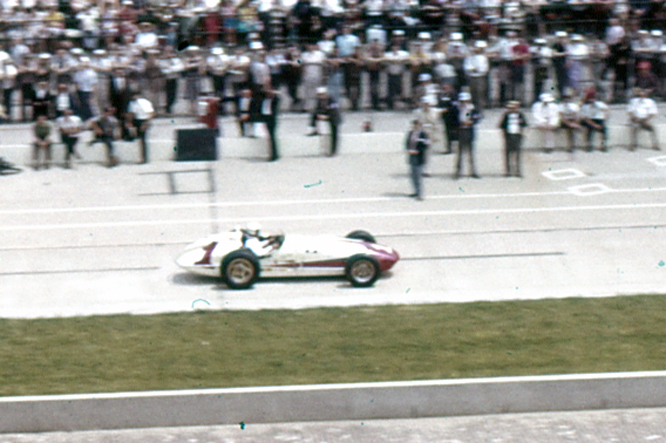
1961 Trevis Offy Q 7th Winner Photo by Ed Arnaudin
The Trevis Offy AJ drove to victory lane in 1961 was built by Floyd Trevis, Bob Alexander and George Bignotti in Youngstown OH. It was allegedly such an accurate copy of the Watson roadsters of the day that it used Watson body panels. It should be noted that Watson started out by upgrading Kurtis designs so the practice of copying and upgrading other successful designs was nothing new and went on until the introduction of the IRL single mandated chassis type.
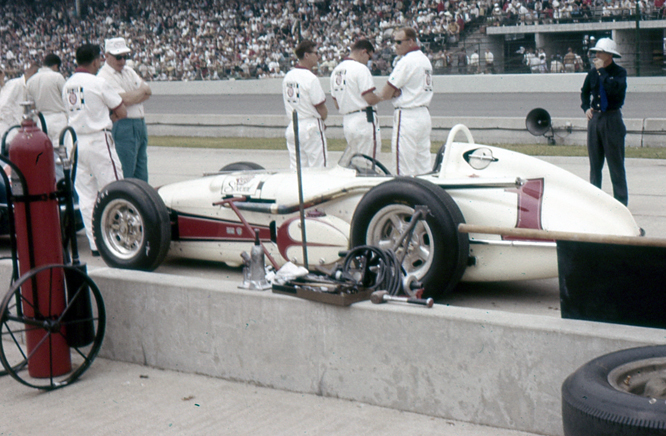
1962 Trevis Offy Q 5th F 25th Photo by Ed Arnaudin
Having won the 1960 and 1961 USAC championships and the 1961 Indy 500 1962 was a comparatively lean year by AJ’s own high standards.

1964 Watson Offy Q 5th Winner Photo by Ed Arnaudin
Bouncing back with the USAC title in 1963 AJ returned to his 1961 levels of success with an Indy 500 win and his 4th USAC Championship in 5 years in 1964 driving the #1 Watson Offy. Did I mention AJ also won a USAC Sprint title in 1960 already ?
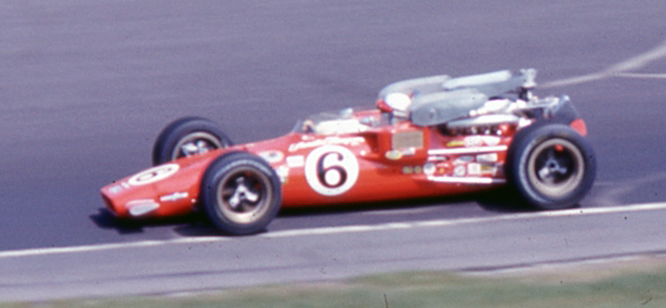
1969 Coyote / Ford t/c Pole F 8th Photo by Ed Arnaudin
By 1969 AJ was a name on an altogether bigger stage. Having qualified on the Indy 500 pole in 1965 and won the Indy 500 in 1967, driving a Coyote a vehicle he built with his Dad as Chief Mechanic, AJ was drafted into the 1967 Ford Le Mans team and with Dan Gurney drove to a rookie, distance record setting 24 hour victory in the classic endurance race.
Of driving the Ford MK IV over the dip on the Mulsanne Straight AJ said, the car “would just sort of fly along for awhile at 214 mph or whatever it was, we just drove ’em that way and didn’t think much about it.”
In what might be considered an almost unrepeatable feat for US racing prestige Dan Gurney continued the run of success by winning the next international race the 1967 Belgian Grand Prix in his Gurney Westlake.
After the Indy and Le Mans victories AJ took his Coyote Indy car to the Ford Wind Tunnel for some tests, afterwards a man in a lab coat told AJ that his self built Coyote had only 7 lbs of downforce, was highly unstable and unsafe to race.
AJ replied “Sir, I don’t know what to tell you. That car just won the Indy 500.”
Demonstrating further versatility AJ won the USAC Stock Car series in 1968.
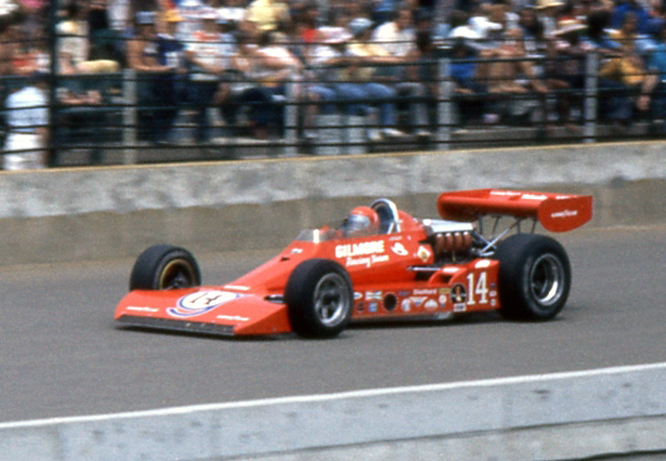
1975 Coyote Ford t/c Pole F 3rd Photo by Ed Arnaudin
AJ started running the #14 in USAC events in 1973 and ran them exclusively ever since including as an entrant, tomorrow the #14 AJ Foyt Enterprises entered Dallara driven by Vitor Meira will be starting the Indy 500 in 11th while AJ’s other entry the #41 qualified in 19th by Bruno Junquiera will be handed over to Ryan Hunter-Reay and start from the back of the grid.
Championships were a little more difficult for AJ to win by 1975 though he added the USAC Silver Crown Championship for front engine open wheelers running on dirt and paved ovals in 1972 and also won the ’72 Daytona 500 in the Wood Brothers #21 Purolator Mercury having narrowly missed out to ‘King Richard’ Petty’ the year before.
In 1975 AJ took his second consecutive, fourth overall, pole at Indy and won both the USAC National Championship and the first of two consecutive IROC championships. He also won the USAC Stock car championship for a second time in 1976.
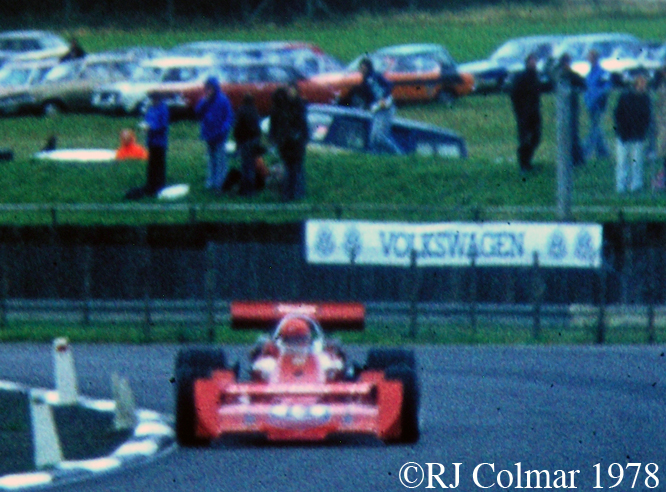
1978 Foyt / Foyt tc Q10, Winner, Daily Express Indy Trophy, Silverstone, England
Foyt was crowned USAC Gold Crown Champion in 1977 the following year, on his 20th attempt of a record breaking 35 overall, AJ became the first man to win four Indy 500’s in 1977.
In 1978 16 USAC Championship cars visited England for two rounds of the Championship and AJ won the first of them at Silverstone.
Between the two UK races there was a meet and greet held in central London where the 19 year old writer of this blog was lucky enough to shake the hand of the subject of today’s blog, an experience I shall never forget. When I told him I had to abandon my FIAT which would not start in the cold weather he made a suggestion that got it going first time once I got home.
AJ rounded out 1978 with his third USAC Stock Car title.

1980 VPJ6C Cosworth DFX Chassis #005 Q 12th F 14th Photo by Ed Arnaudin
In September 1978 AJ decided that his Coyote Foyt with an engine that was his own development of the Ford Quad Cam, introduced by Jim Clark in 1964, used successfully at Silverstone, was getting a little long in the tooth to be a Championship contender.
He acquired this Parnelli Cosworth with which he completed all remaining rounds of the 1978 USAC championship bar the UK rounds.
1979 saw a split between USAC Championship teams and a new group called CART, AJ stayed loyal to the former and won his seventh and final USAC Championship with the Parnelli, he also finished 2nd to Rick Mears at Indianapolis in 1979.
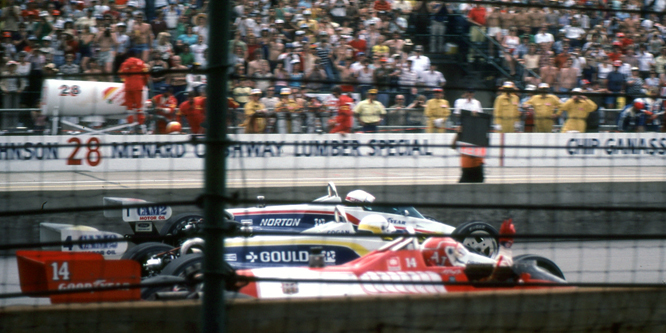
1982 #14 March 82C Cosworth Q 3rd F 19th Photo by Ed Arnaudin
Preparing to start from the outside of the front row in 1982 AJ would have had a hard job beating the well prepared Penske PC10‘s inside him, a job not made any easier when the man next to him Kevin Cogan making only his second start at Indy lost control of his car on the start line and speared into AJ’s car. AJ was less than impressed making some choice remarks about Cogan’s head and it being located where the sun don’t shine which do not need repeating verbatim here.

1988 #14 Lola T88/00 Cosworth Q 26th F 22nd
I finally got to see AJ run at Indy in 1988, by no means one of his better races he wrecked in turn 2 on lap 54, got out the car waved to an appreciative crowd and stepped inside the ambulance which took him to the infield hospital.
AJ has survived a number of serious accidents, at Riverside in 1965 while chasing down Dan Gurney the brakes on AJ’s #00 Ford failed at the end of the long back straight, AJ swerved to the infield to avoid hitting the wall which sent his car flying off the track and into a series of end over end rolls.
The track doctor pronounced AJ dead on the scene but a quick thinking Parnelli Jones saw some movement and immediately started to revive him. Despite sever chest injuries, a broken back and fractured ankle AJ won the 1965 Firecracker 400 just 6 months later !
Footage of AJ’s Riverside accident was used in the concluding scene of the film Red Line 7000, see 4m 20secs.
In 1991 AJ had an equally bad accident when his Lola Chevrolet left the road after a foot pedal broke, despite breaking both legs in the accident and allegedly asking his rescuers to hit him over the head with a hammer to relieve the pain, AJ returned to the cockpit in 1992 to make his 35th consecutive and final Indy 500 start. From 23rd on the grid AJ finished 9th in the race.
AJ continued his involvement in first CART and then the IRL along with NASCAR, as an owner his driver Scott Sharp shared the inaugural IRL championship with Buzz Calkins. Kenny Bräck won the 1998 IRL title in a car owned by AJ and won the Indy 500 in a Foyt Enterprises car the following year.
Not noted for being a good traveller to foreign shores or the easiest of men to work for, like his hero John Wayne, AJ is a tough cookie with a reputation for being a bit of a curmudgeon, in his defence he once said “I’m no where as tough as my father. I really think that I am more open to change than he was.”
One AJ legend is from when he was in semi retirement, invited to be a Grand Marshall at a midget event AJ overheard a whipper snapper sitting on pole saying something about AJ not being able to cut the mustard. An incensed AJ borrowed a spare midget from a friendly owner in time to qualify towards the back of the field.
During the ensuing race AJ caught the aforementioned whipper snapper and as he made his pass for the lead AJ gave the little runt a one finger salute. Probably too good to be true but it makes a great story for this photograph even if it is not entirely in keeping with the legend I once shook hands with.
My thanks to Steve Arnaudin who patiently scanned and sent me the photos his Dad took at Indy between 1960 and 1982 and to the many members of The Nostalgia Forum who provided a wealth of background information.
Thanks for joining me on this AJ Foyt Day edition of ‘Gettin’ a lil’ psycho on tyres’, I hope you’ll join me again tomorrow for a look at the Trophy that may well be the most prized in all motor sport. Don’t forget to come back now !
